
Classification of Haemolytic Anaemia. Haemolysis should first be classified as immune or non-immune on the basis of the direct Coombs test. Non-immune haemolysis can be further sub-divided into congenital and acquired.
Morphology is key to guiding further investigation of non-immune haemolytic anaemia. In patients with microangiopathic haemolytic anaemia (MAHA), the peripheral blood film (PBF) will show significant fragmentation. Such patients will most likely have mechanical haemolysis. Patients with infections often have a fever, or evidence of red cell inclusion bodies. Malarial parasites on a blood film are shown below:
Image credit: Centers for Disease Control, USA Patients with membrane defects often have characteristic spherocytes, elliptocytes or stomatocytes on the blood film. These are usually overt and numerous. In haemoglobinopathies, dyserythropoietic features and target cells predominate. Flow cytometry for paroxysmal nocturnal haemoglobinuria should be considered in patients with otherwise unexplained haemolytic anaemia.
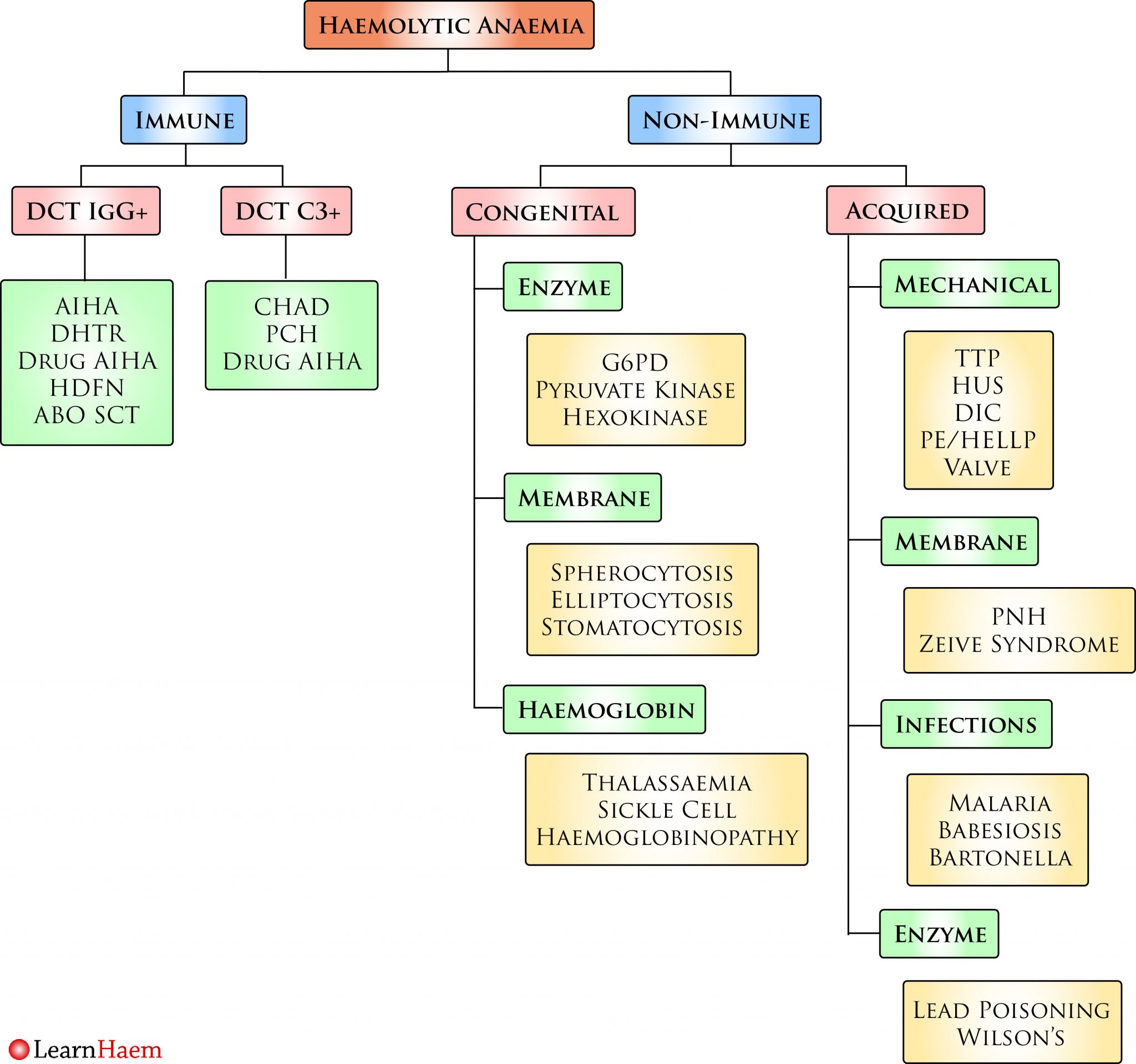
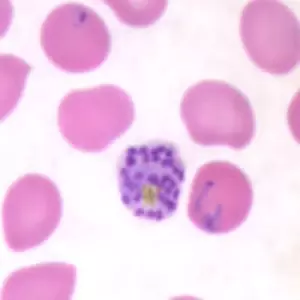
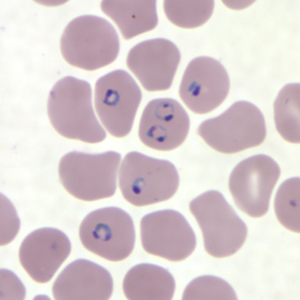
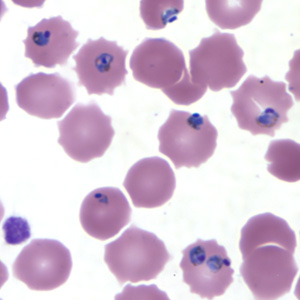
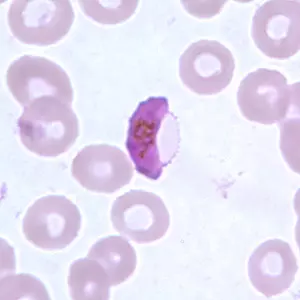
Leave A Comment